GHK-Cu 50mg (Copper Peptide)
SKU
$65.00
GHK-Cu is a natural peptide in human blood plasma, urine, and saliva. Research in animals reveals that GHK-Cu can improve wound healing, immune function, and skin health by stimulating collagen, fibroblasts and promoting blood vessel growth. There has been evidence that has shown that it acts as a feedback signal that is generated after tissue injury. It also suppresses free-radical damage and thus is an potent antioxidant.
PRODUCT USAGE WARNING : This PRODUCT IS INTENDED AS A RESEARCH CHEMICAL ONLY. This designation allows the use of research chemicals strictly for in vitro testing and laboratory experimentation only. All product information available on this website is for educational purposes only. Bodily introduction of any kind into humans or animals is strictly forbidden by law. This product should only be handled by licensed, qualified professionals. This product is not a drug, food, or cosmetic and may not be misbranded, misused or mislabled as a drug, food or cosmetic.
Description
BUY GHK-CU COPPER PEPTIDE FOR SALE ONLINE
GHK-Cu
GHK-Cu is a naturally occurring peptide first isolated from human blood plasma. It has since been identified in urine and saliva as well. Research into GHK-Cu has found the short peptide to have substantial benefits in wound healing and immune function. It has anti-aging properties and has been found to suppress free-radical damage, increase protein synthesis, fight bacteria, and increase the health of skin and skin fibroblasts.
GHK-Cu Copper Peptide For Sale online only at USA Peptide Store where you can buy USA Research Peptides online. Shop over 100 research peptides online now for fast shipping and the best deal! Buy in bulk and Save! USA Peptide Store Your #1 Trusted USA Research Peptides Supplier.
If this product does not meet your needs or interests, you may want to look at Ghrelin Acetate Peptide 2mg. Please visit this link for further information on our Other Peptides
Structures
GHK-Cu Research
1. GHK-Cu and Skin Healing
GHK-Cu is a natural part of human blood and, as such, has been found to play an integral role in skin regeneration pathways. Research in skin cultures has found that GHK stimulates the synthesis and breakdown of collagen, glycosaminoglycans, and other extracellular matrix components like proteoglycans and chondroitin sulfate. At least part of this effect is mediated through the positive recruitment benefits that GHK-Cu has on fibroblasts, immune cells, and endothelial cells. The peptide draws these cells to the site of injury and appears to coordinate their activity in repairing the damage.
GHK-Cu is a common component of skin-care and cosmetic products. It improves elasticity of the skin while tightening and firming. It has also been shown to reduce damage due to sunlight, reduce hyperpigmentation, and reduce the appearance of fine lines and wrinkles. The ability of GHK-Cu to modulate collagen synthesis is important in reducing the appearance of scars, preventing hypertrophic healing from taking place, smoothing rough skin, and repair the structure of aged skin. These roles of GHK-Cu are mediated partly though its ability to boost levels of transforming growth factor-Β. It is likely that the peptide works through several different biochemical pathways and that it has effects and the level of gene transcription.
Research in mice shows that GHK-Cu increases the rate of healing following burn by as much as 33%. It appears that besides recruiting immune cells and fibroblasts to the site of injury, GHK-Cu also encourages the growth of blood vessels. Burned skin is often slow to regrow blood vessels due the cauterization effect, so these findings open up a new pathway for improving wound care in burn units and accelerating healing.
2. GHK-Cu and Bacteria
The invasion of tissue by foreign pathogens is one of the primary reasons that wounds are slow to heal or do not heal at all. Bacterial and fungal infections are particularly problematic in burn patients and in those with compromised immune systems (e.g. diabetes, HIV). GHK-Cu, when combined with certain fatty acids, creates a potent antimicrobial compound that is active against a number of bacteria and fungi known to complicate wound healing.
Research in diabetic patients has shown that GHK-Cu is superior to standard care regimens alone in the treatment of diabetic ulcers. Patients given both standard care and GHK-Cu showed a ~40% increase in wound closure and a 27% decrease in rates of infection compared to control groups. Similar results were seen in patients with ischemic open wounds.
3. GHK-Cu, Cognition and Nervous System Function
The death of neurons due to degenerative diseases like Alzheimer’s is poorly understood. This makes it difficult to develop treatments and those that are available are generally of limited efficacy. Research, however, suggests that GHK-Cu can counter the age-associated decline in neuron function that often underlies these diseases. Research shows that GHK-Cu can improve angiogenesis in the nervous system, boost nerve outgrowth, and reduce inflammation in the central nervous system. There is even evidence that GHK-Cu can reset pathological gene expression and help to recreate a state of health in dysfunctional systems.
GHK-Cu is found in high concentrations in the brain, though levels of the peptide decline with age. There is a thought, among scientists, that GHK-Cu may protect nervous system tissues against natural insults such as gene dysregulation and that it is the decline in GHK-Cu with age, and not the onset of new disease processes, that actually leads to neurodegeneration.
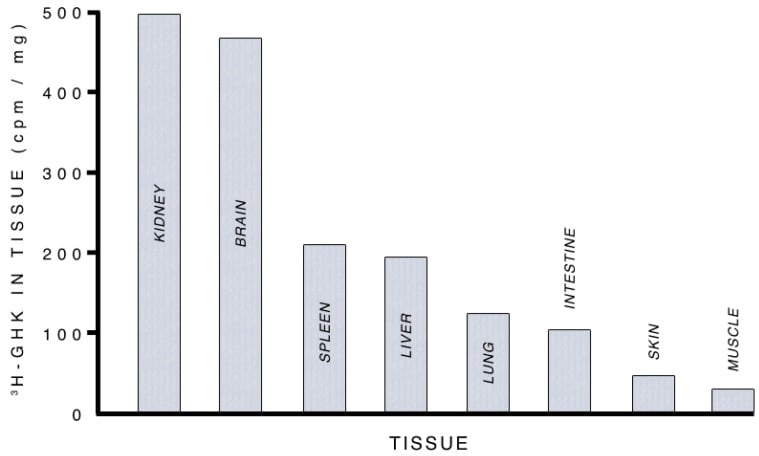
Source: PubMed
Research in rats indicates that one possible mechanism by which GHK-Cu protects brain tissue is by preventing apoptosis. This action appears to be mediated through the well-known miR-339-59/VEGFA pathway, which is active following brain bleeds and stroke. In the rat models, GHK-Cu improves neurological deficits in the brain, reduce swelling, and inhibited the death of neurons that is commonly bought about by overexpression of miR-339-5p.
4. GHK-Cu and Side Effects of Chemotherapy
Research in mice shows that GHK-Cu can protect the lungs against fibrosis that occurs following therapy with the cancer drug bleomycin. This could pave the way for using GHK-Cu as a chemotherapy adjuvant that allows doses of these life-saving medications to be increased without risk of increased side effects. The study when a step farther, than usual, by identifying the likely pathway by which GHKC-Cu protects against fibrosis. It appears that the peptide regulations TNF-alpha dn IL-6 levels, both of which act as inflammatory molecules and affect the extracellular matrix and smooth muscle of the lung. By reducing inflammation in the lungs, GHK-Cu prevents fibrotic remodeling from taking place and improves collagen deposition.
Similar benefit of GHK-Cu in protecting lungs was found in mouse models of acute respiratory distress syndrome (ARDS), an inflammatory lung condition that can develop rapidly and be fatal. ARDS is associated with injury, infection, and certain drugs like those used in chemotherapy. Once again, GHK-Cu appeared to mediate its effects through decreased TNF-alpha and IL-6 expression.
5. GHK-Cu and Pain Reduction
In rat models, the administration of GHK-Cu had a dose-dependent effect on pain-induced behavior. The peptide appears to have analgesic effects that are produced through increased levels of the natural painkiller L-lysine. Similar research has found that the peptide can also increase levels of L-arginine, another analgesic amino acid. These findings open up new avenues for pain control that do not rely on addictive opiate medications or NSAIDs, which have been found to have negative effects on the heart.
GHK-Cu exhibits minimal side effects, low oral and excellent subcutaneous bioavailability in mice. Per kg dosage in mice does not scale to humans. GHK-Cu Copper Peptide for sale at USA Peptide Store is limited to educational and scientific research only, not for human consumption. Only buy GHK-Cu if you are a licensed researcher.
Buy Wholesale GHK-Cu Copper Peptide From USA Peptide Store
At USA Peptide Store, our research peptides are of the highest purity and pharmaceutical grade. Our GHK-Cu Copper Peptide comes in 50mg. We’re passionate about our products, and we always strive to provide our customers with the best in both selection and quality. All of the products we provide are tested to verify authenticity and purity, so you can conduct your research with confidence.
Searching for GHK-Cu Copper Peptide for sale? Look no further! Our online peptide store offers a wide range of GHK-Cu Copper Peptide, perfect for your research needs. Whether you’re in the United States, Australia, Canada, Germany, Sweden, France, Turkey, Thailand, Italy, Netherlands or the United Kingdom, we have you covered. We provide fast and secure shipping to multiple countries, ensuring that you receive your order conveniently and on time. Purchase GHK-Cu Copper Peptide that are now available for sale and in stock. With our competitive prices and extensive inventory, you can trust us to be your reliable source for GHK-Cu 50mg (Copper Peptide).
Want to learn more about our products or have a question about payment options? Our customer service team is here to help. So, what are you waiting for? order GHK-Cu Copper Peptide For Sale and experience first-hand quality service, prompt response and quick shipping. Stock up on the highest quality GHK-Cu Copper Peptide For Sale and more at USA Peptide Store today.
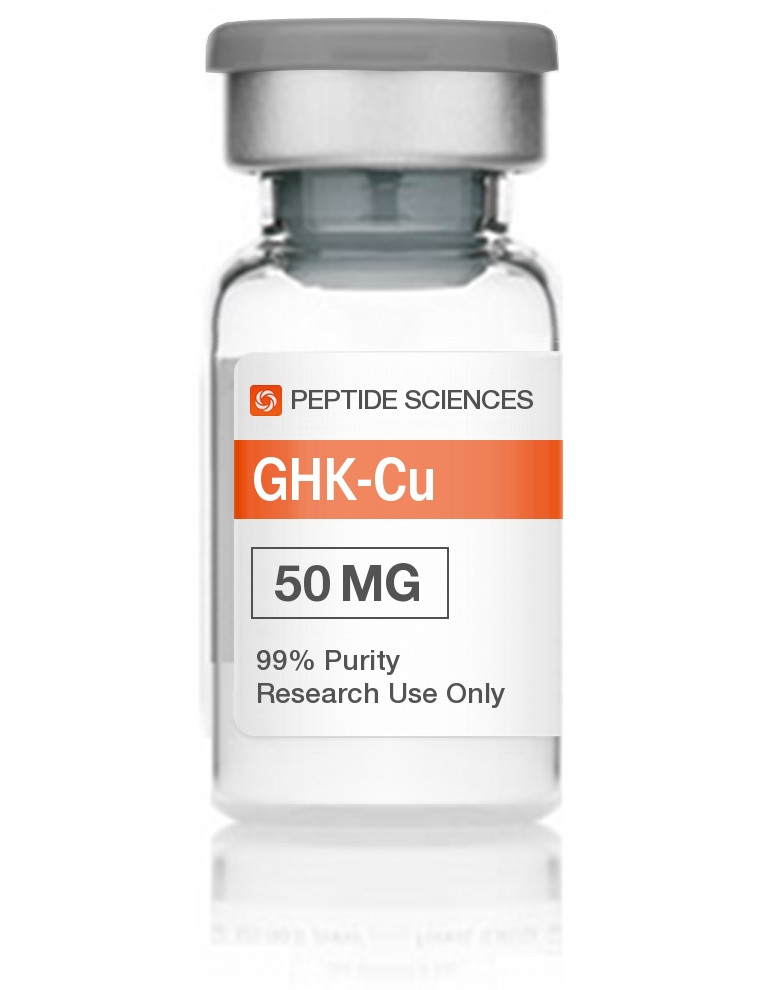
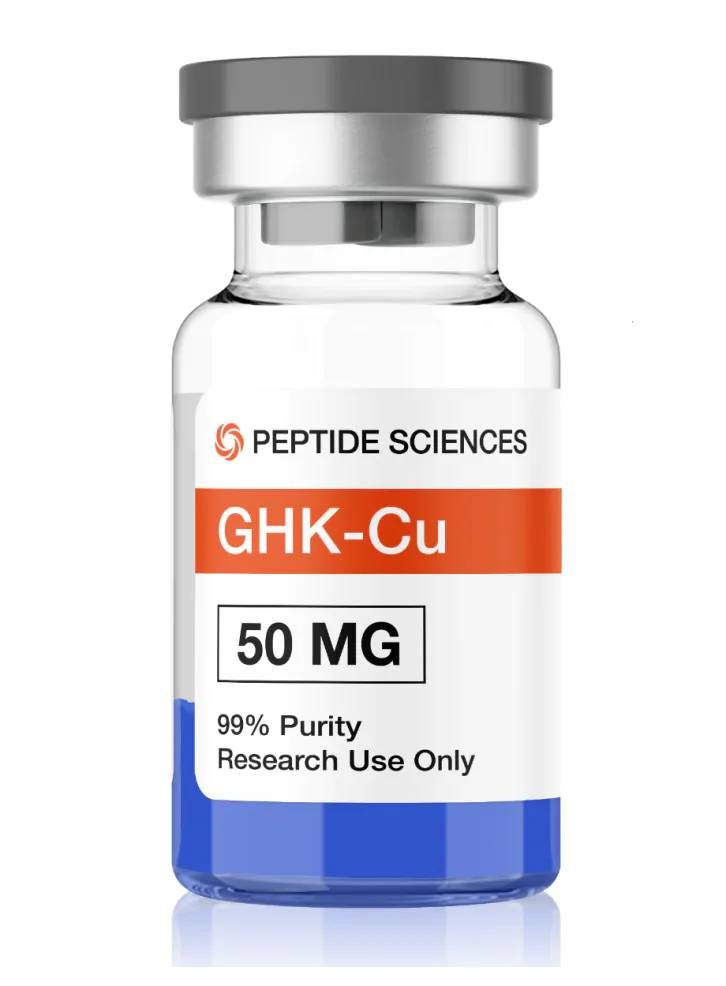
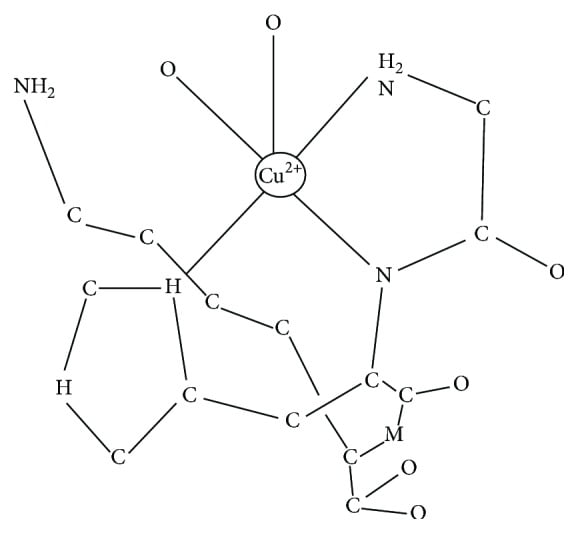
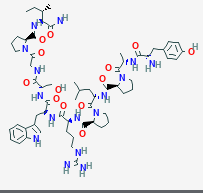
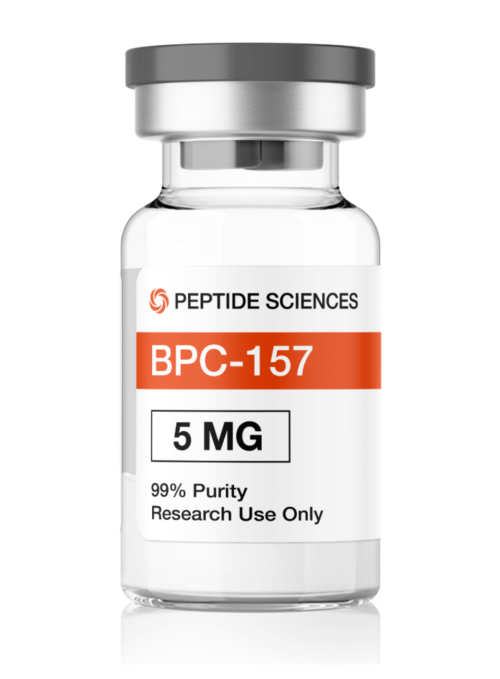
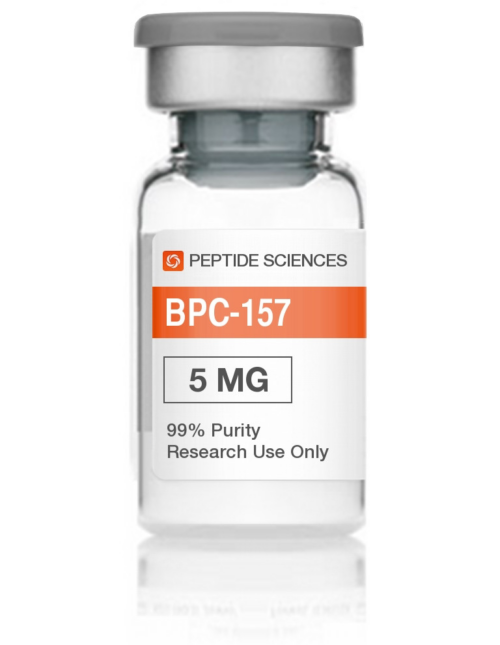
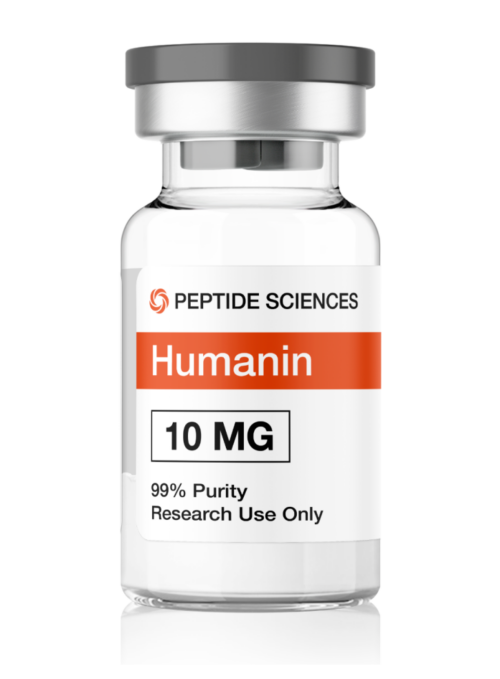
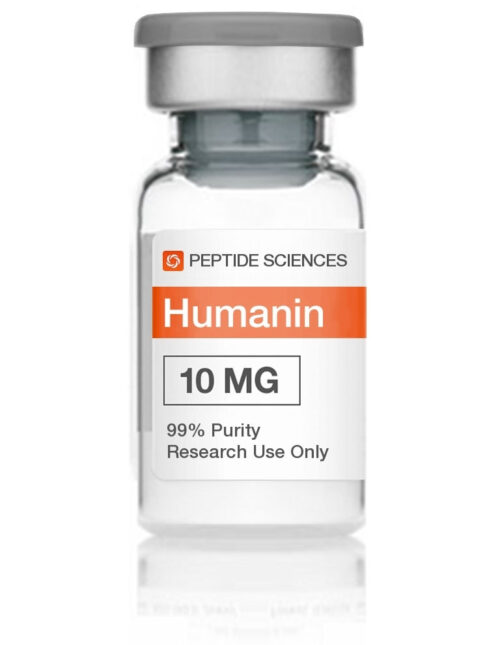
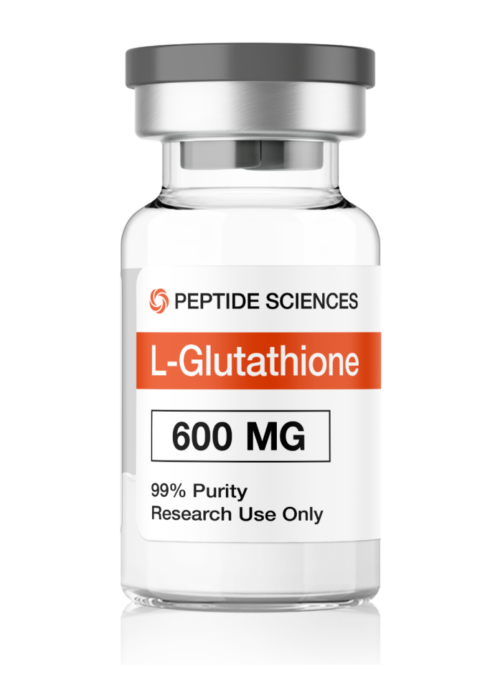
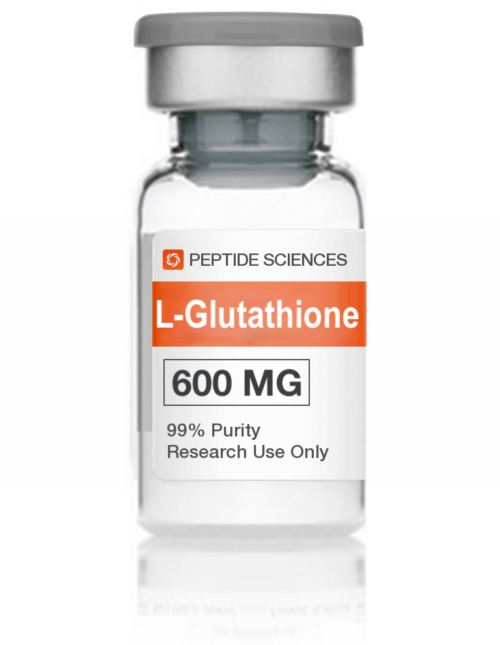
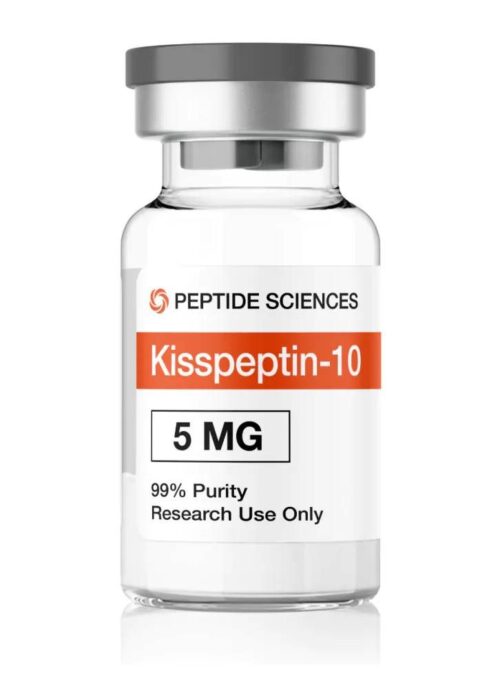
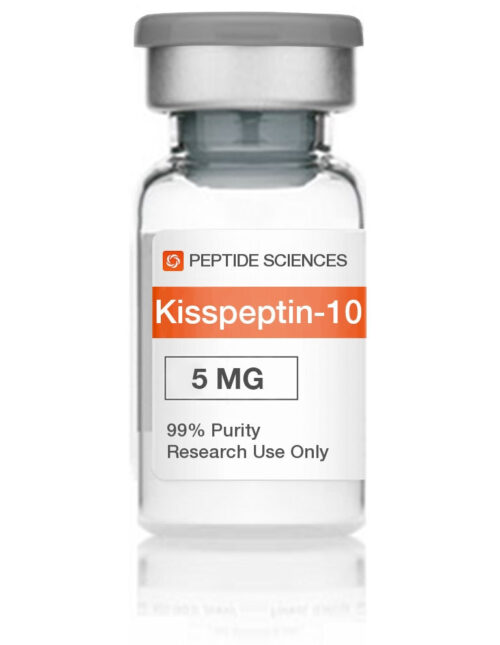
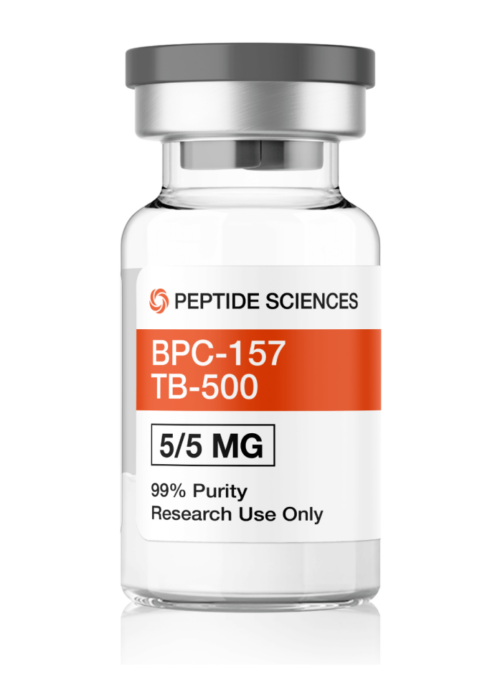
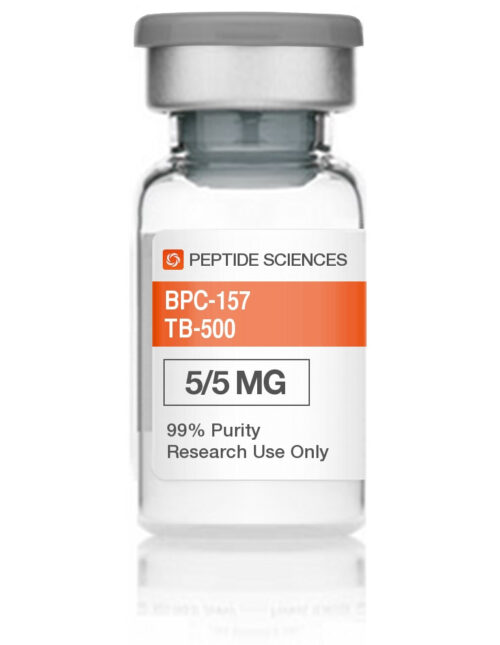
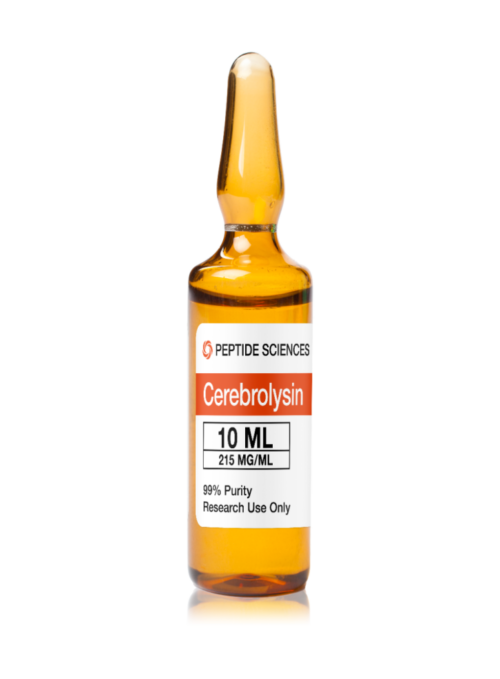
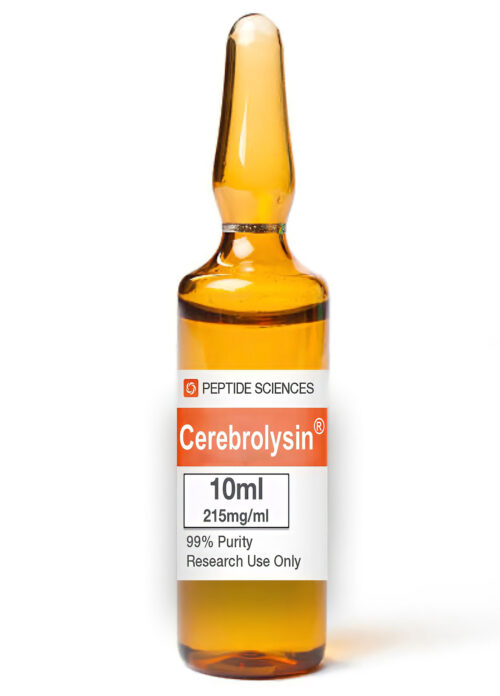
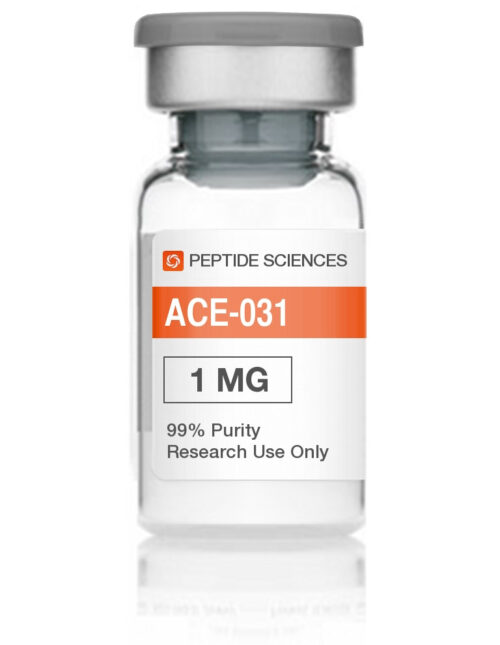
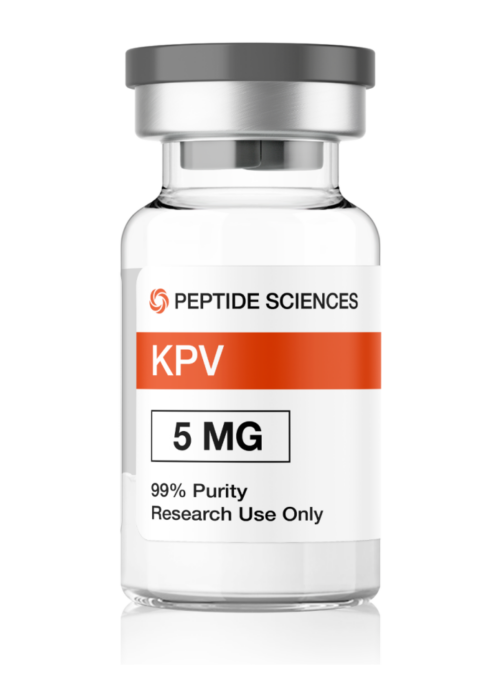
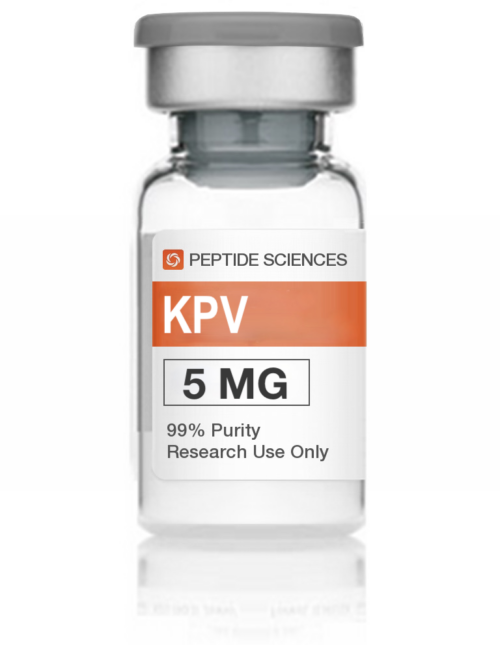

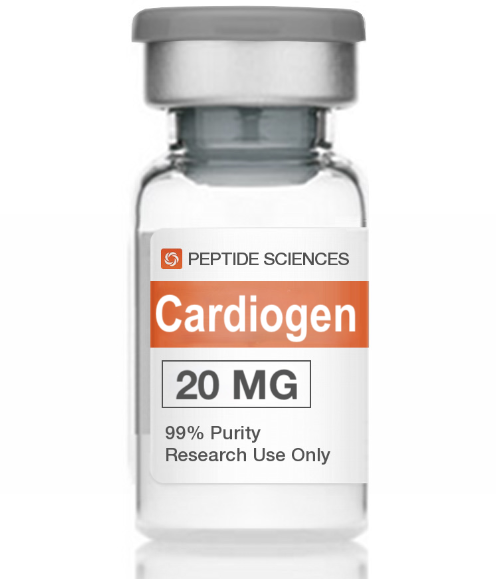
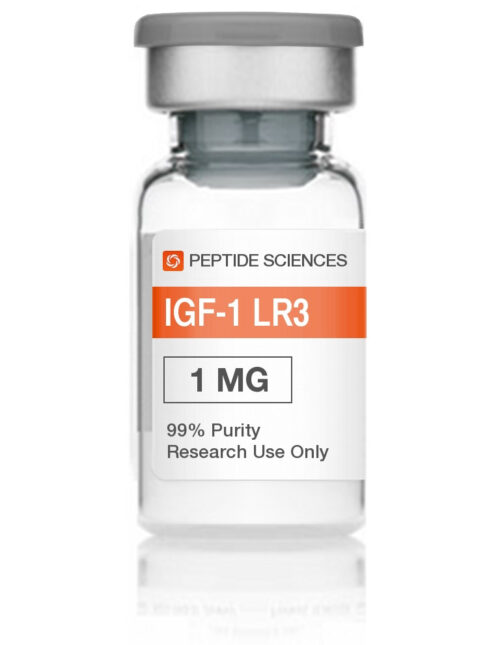
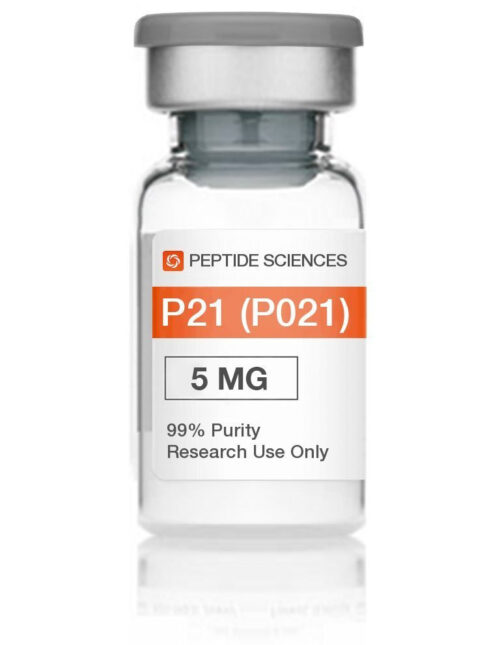
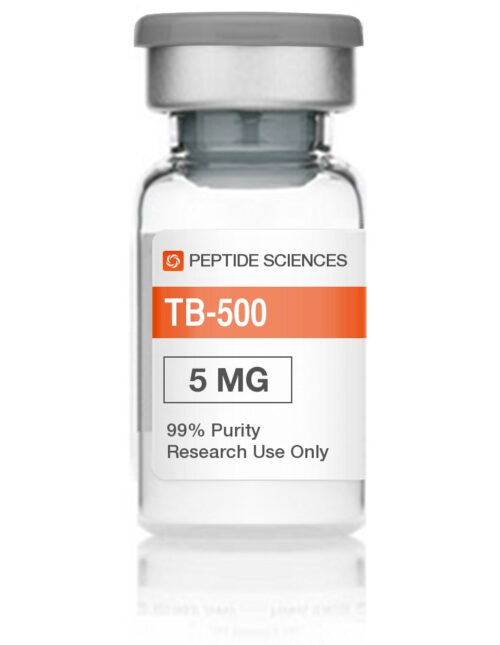

Reviews
There are no reviews yet.